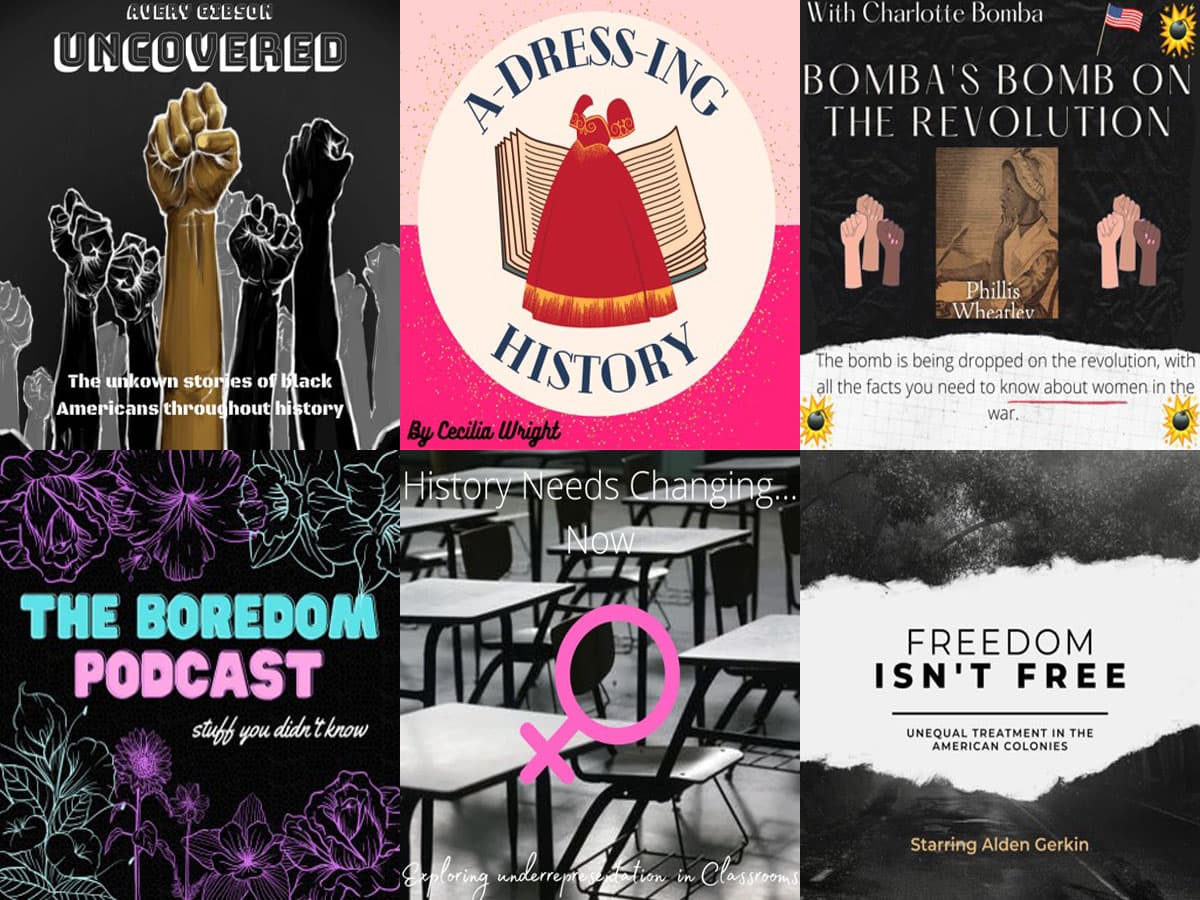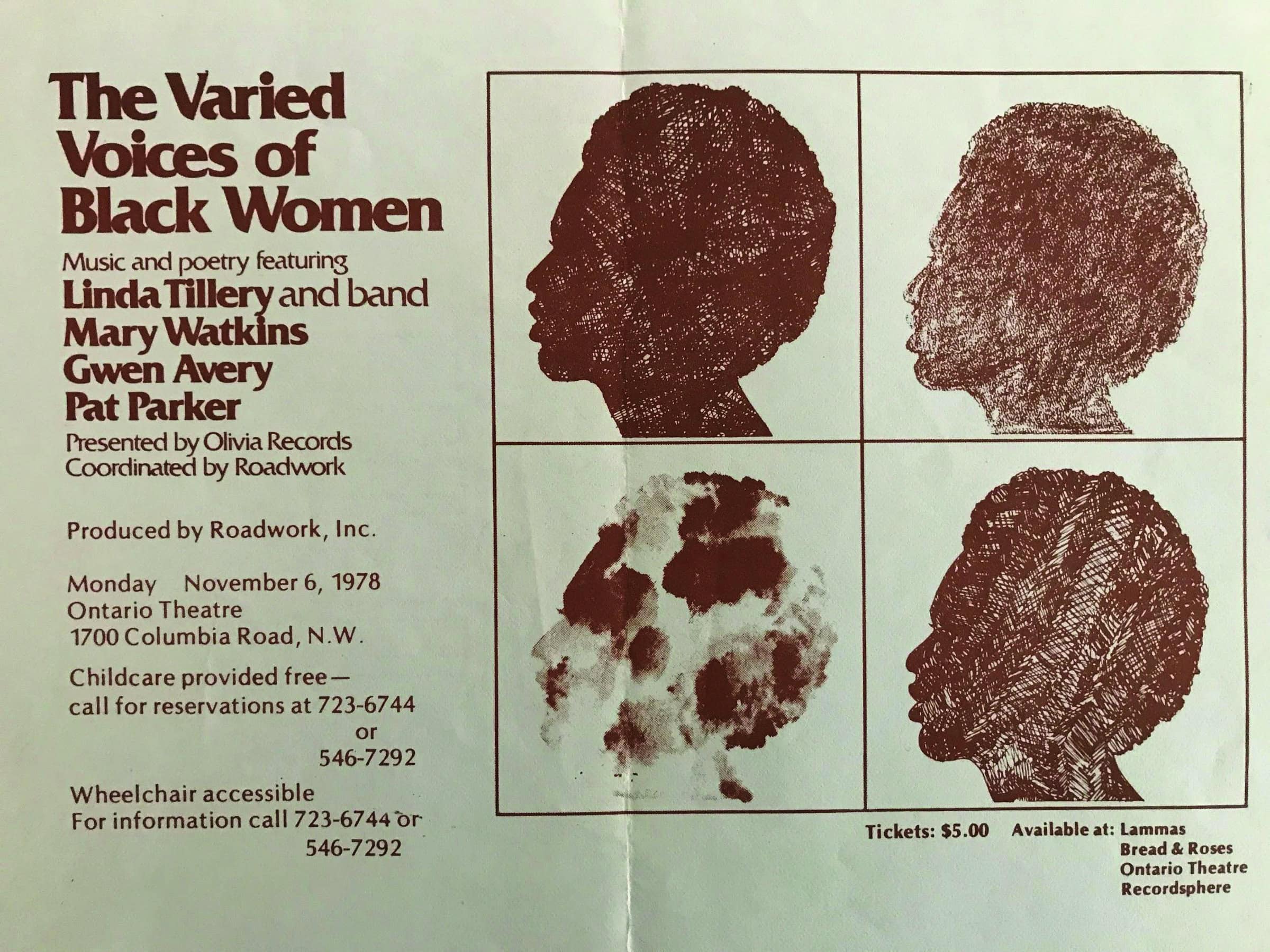As a high school teacher in the 1970s, I was proud of myself for changing my world history classes beyond recognition. I altered their European orientation by “including”—as we then described it, despite the paternalistic implications—units on Africa, the Americas, and Asia. You can imagine my shock when I discovered that in spite of these efforts I still had missed 51 percent of the world’s population. This gender blindness—the fact that I could have simply overlooked so many millions of people throughout so much time and across so much space—remains the most frightening aspect of my training and of my early research and teaching. Women are clearly essential to every aspect of our experience, yet they were somehow made invisible.
It is not just the omission of women that is significant, but also the skewing of men’s history. Men appeared unsexed and neutered as the “universal” for all human beings. The end result was a past less rich and less nuanced, only half discovered and half told. If we are to remedy this lack, how should we tell the history of men and women? What can we do to gender the world history survey?
First, one must remember that even more than other surveys, any course in world history will reflect an endless series of impossible and clearly subjective choices made by instructors, whether they teach high school, college, or graduate classes. Second, rarely will a world history course follow a simple linear narrative. Even the “marching civilizations across time” approach doubles back on itself as it describes first one cultural region and then another.
My course reflects, but does not follow, the traditional time breaks. In fact, I try to force myself and my students out of the familiar by using a big, open-ended “timeless” question as the frame for the entire course. I ask, and students answer, only one question. This year it was: What causes order in societies and what causes disorder? No culture or time period is favored with such a question. Instead, everyone’s history becomes a potential case study, and traditional causal explanations like economic, social, and cultural factors become organizational devices rather than fixed answers.
Breaking old patterns also helps me honor my commitment to teach about women and men. I do not believe that the standard narrative organization for world, European, or U.S. history makes that possible. Even the best-intentioned “add women and stir” approach (or “don’t stir” depending on your perspective) highlights only a few exemplars and leaves half of humanity isolated in some apparently peripheral section of the course that everyone can see “will not be on the exam.” And, most important, the old frameworks and periodizations leave history, and the men of that history, just as they have always been. No, in order to gender the survey one must rethink history in terms of actions, interactions, and reactions, by women and men, between women and men, by women, and by men.
To assure that my survey reflects gender I set three criteria for myself that I keep in mind as I write my lectures and plan discussions. These criteria influence the readings and films I choose and determine the oral and written assignments I require. My course must illustrate (1) joint actions by women and men in familiar events, (2) interactions between women and men, and (3) reactions by women and by men as separate experiences reflecting different perspectives.
To show how I use these self-imposed rules, I offer a range of examples from my course World History since 1500. In every class period, in order to indicate that the familiar events of world history consist of joint actions by women and men, I “sex the universal” in my lectures. That is, instead of referring to “Chinese peasants” I say “peasant women and men.” Instead of “slave owners” I say “men and women slave owners.” Students adopt this kind of phrasing without comment and apparently without realizing how different it sounds from what they usually hear.
The readings I assign fulfill one or more of my requirements. In my unit on 17th- and 18th-century China, students read Emperor of China: Self-Portrait of K’ang-Hsi (1988), which describes the thoughts of the powerful Qing emperor as constructed by Jonathan Spence. The book is very obviously about the reactions, separate experiences, and perceptions of a man. In contrast, The Death of Woman Wang (1979), also by Spence, offers a sense of women’s and men’s lives in rural China during the same time period. This book describes women and men as they relate to one another (Woman Wang is murdered by her husband) and as they exist as members of clans and of the village, as joint actors in familiar events. In our discussion of the “effectiveness of the imperial government in maintaining order” students comment on the differences in men’s and women’s experiences at K’ang-Hsi’s court and in the isolated rural community described in The Death of Woman Wang. Without an impassioned speech on my part, they discover elite men’s political power and women’s vulnerability across class and culture.
The History of Mary Prince: A West Indian Slave, Related by Herself (1993), edited by Moira Ferguson, presents a description of enslavement in the early 19th century, but from a woman’s perspective. Assigned books for the 20th century also follow my criteria. Zareer Masani, the creator of Tales of the Raj (originally a radio series, 1988), made a concerted effort to include both women’s and men’s accounts of life in the India of the 1930s and 1940s. Journalist Jane Kramer did the same in Unsettling Europe (1990), her account of immigrant families in 1970s Europe.
Each of the three films I show in my survey class vividly demonstrates interactions between women and men. All are international prizewinners with strong heroes and heroines. Nine in Red Sorghum (about a remote rural winery in 1930s China) and Ma Tine in Sugar Cane Alley (about Martinique in the same time period) are the principal influences in the lives of the young boys whose stories are portrayed. Salaam Bombay offers at least six different plots, each rich in the survival tactics of young boys and girls and of their male and female elders.
Lastly, I also mold my oral and written assignments to fit my three criteria. I formulate propositions for debates that require students to think about men and women as historical agents. For example, one of my propositions is “Men and women choose order over rights.” And an essay assignment at the end of the term asks students to consider women and men as joint actors in familiar events, the interactions between women and men, and women’s and men’s separate perceptions and experiences. This year I have offered students a choice of autobiographies by contemporary women political activists and I directed them to analyze “the roles women and men played in causing order or disorder.” Two books are by Latin Americans (Domitila Barrios de Chungara’s Let Me Speak! Testimony of Domitila, a Woman of the Bolivian Mines [1979] and I Rigoberta Menchú—An Indian Woman in Guatemala, edited by Elisabeth Burgos-Debray [1985]). Two other books are accounts of black and colored opposition to apartheid (Ellen Kuzwayo’s Call Me Woman [1985] and A Life’s Mosaic: The Autobiography of Phyllis Ntantala [1993]). Another choice is Le Ly Hayslip’s When Heaven and Earth Changed Places: A Vietnamese Woman’s Journey from War to Peace (1993) about the Vietnam War, and the last is Chen Xuezhao’s Surviving the Storm: A Memoir (1991), about events in China from the 1930s to the present.
Clearly, there is ample material available. For me, the difficulty was not selecting new readings, rather it was changing goals and priorities. I gave up the idea that there was a fixed body of information that had to be covered. I decided that vivid encounters with a few cultures were more important than learning names and dates from many cultures. I thought about what I do as a historian and what of that experience I wanted my students to understand. The ability to imagine and think about history as both joint and separate enterprises by men and women is a key part of what I must pass on, not because I am a feminist, but because that’s the way it happened.
Judith P. Zinsser is associate professor of history at Miami University (Ohio). Her most recent publications are History and Feminism: A Glass Half Full (1993) and A New Partnership: Indigenous Peoples and the United Nations System (1995). She is the current president of the World History Association.


